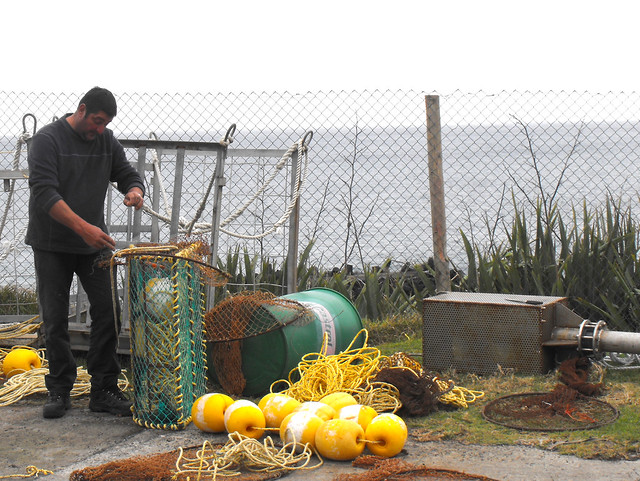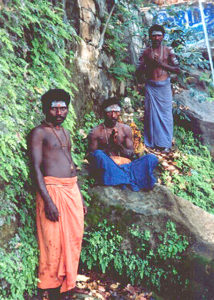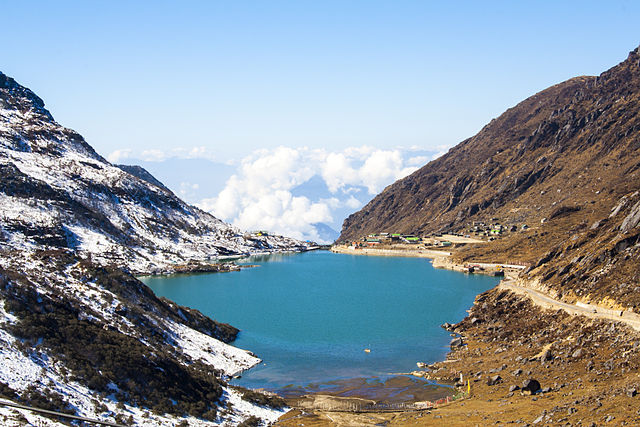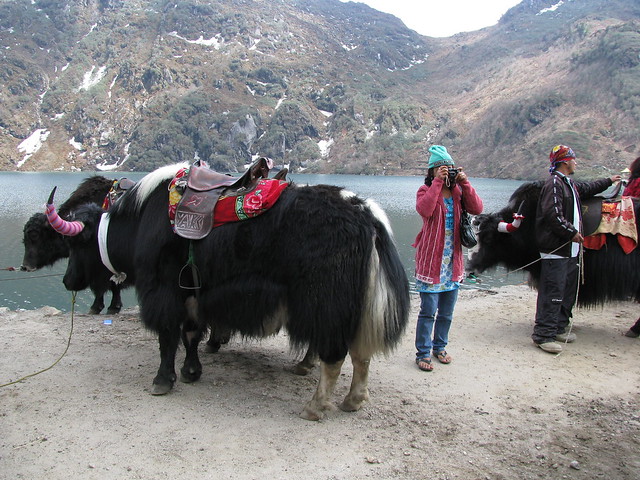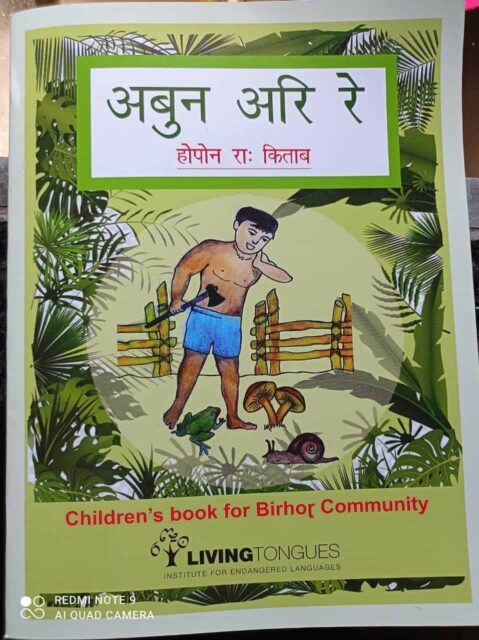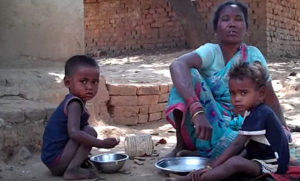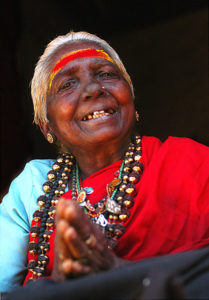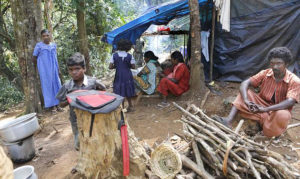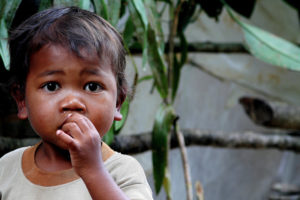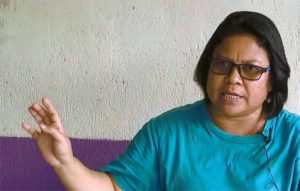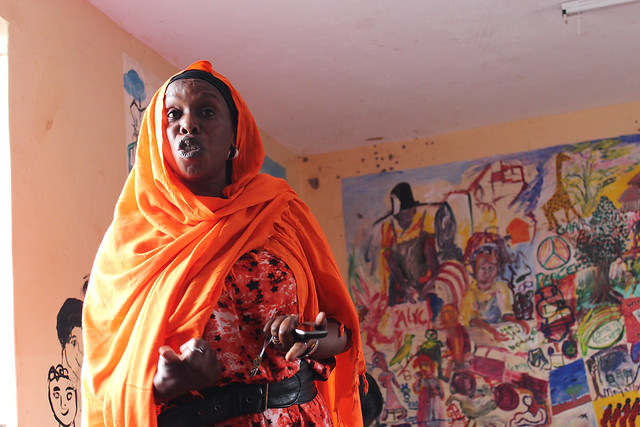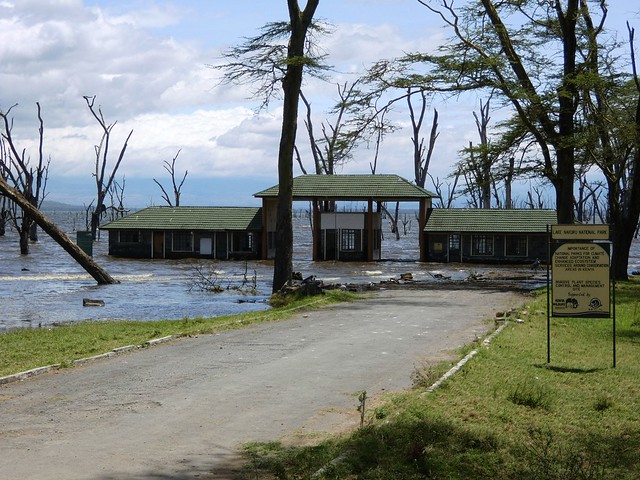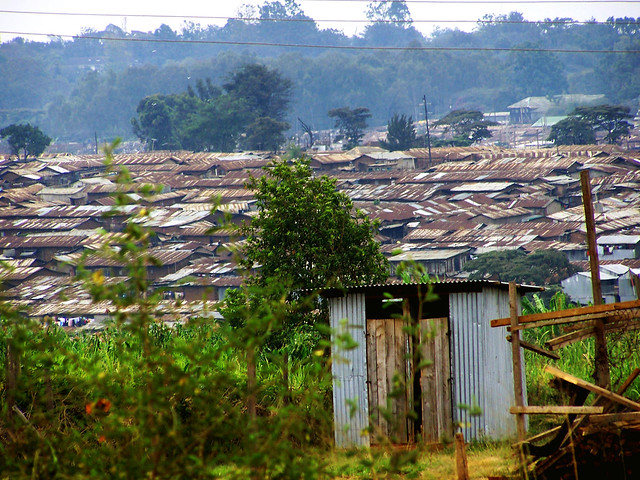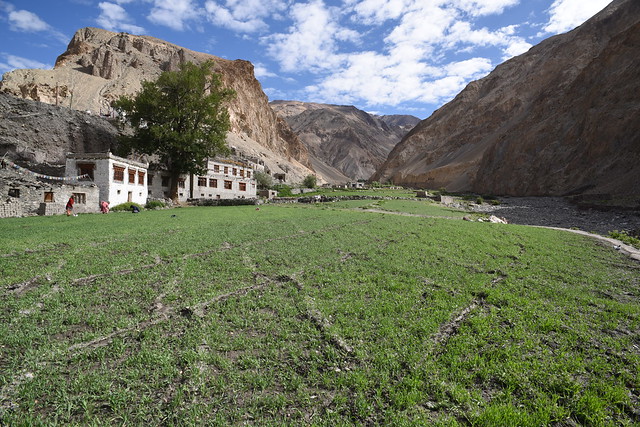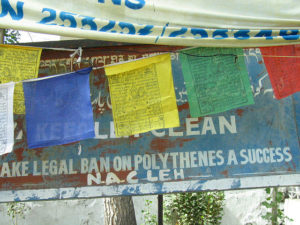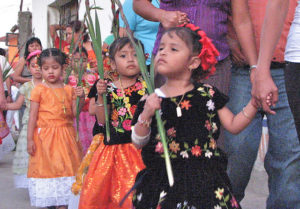The government of Ladakh has organized a festival to celebrate the cultivation of apricots. According to a report in the Times of India on April 19, the festival attracted thousands of travelers—backpackers, honeymooners, and vacationers in general—from various places around India.
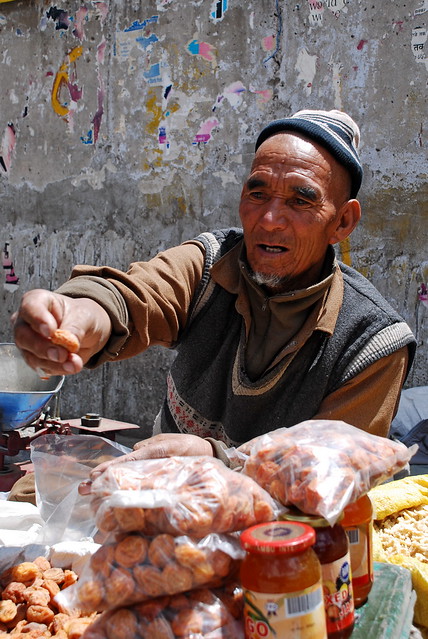
The cultivation and processing of apricots is an important agricultural industry in the Union Territory that includes Ladakh. The apricots are converted into jams, juices and dried fruits and sold locally as whole fruits. The festival was held at four locations in the Leh District and five in Kargil.
It was originally scheduled from April 6 through 18, but the organizers decided that the warm response it was getting from so many visitors warranted adding a couple more days. The festival opened at each location with a cultural program and a display of local handicrafts.
One visitor to the festival enthused to the TOI reporter that it “helps us connect with the flora and fauna of a region known otherwise for just expeditions…”
Another Indian news source, the Daily Excelsior, reported the hopes of the tourist-promotion people at the start of the festival. The correspondent included in the news story the fact that the apricot is known in Ladakh as “chulli/halmann.” Chinese traders introduced it to Ladakh over 100 years ago during their travels along the Silk Road. Today the fruit is an integral part of the economy, heritage, and culture of numerous Ladakhi communities.

Earlier news stories about Ladakh have mentioned the value of apricots in different valleys of the territory. For instance, one from March 2015 described the importance of the crop in some communities in the Nubra Valley. There, it is processed into juice for sale in the markets of Leh and it enriches the lives of the Ladakhi people.
